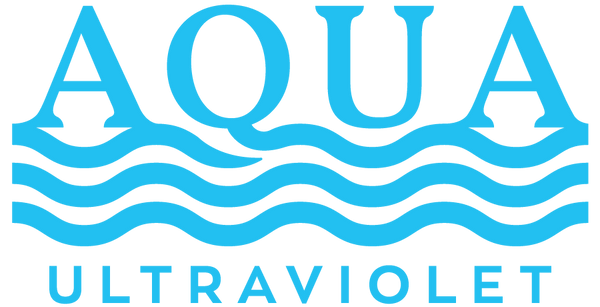Recirculating Aquaculture Systems: Benefits and Challenges
- Recirculating aquaculture systems (RAS) allow fish farmers to conserve water, reduce waste, and grow fish closer to market.
- RAS fish farming improves biosecurity by limiting exposure to pathogens and parasites from external environments.
- Filtration and water quality management are critical components of successful closed containment aquaculture.
- Though RAS can have high startup costs, long-term benefits include year-round production and reduced environmental impact.
- Aqua Ultraviolet’s high-capacity sterilizers support healthy, efficient, and scalable RAS operations.
When it comes to the future of fish farming, recirculating aquaculture systems (RAS) are making serious waves. These closed-loop systems are reshaping how we think about seafood production — offering a sustainable, space-efficient, and environmentally responsible alternative to traditional open-water or pond farming.
Let’s take a closer look at how RAS fish farming works, what the benefits (and challenges) are, and how tools like Aqua Ultraviolet’s sterilizers help make these systems more reliable and productive.
What Is a Recirculating Aquaculture System?
At its core, a RAS is a land-based, closed containment aquaculture system that continuously filters and reuses the same water within the facility. Unlike pond or cage systems that rely on a constant flow of freshwater or seawater, RAS facilities use mechanical and biological filtration to remove waste, manage nutrients, and maintain clean, oxygen-rich water.
By recycling water internally, RAS facilities can operate in areas with limited water access and maintain precise control over the growing environment. This enables fish farmers to optimize conditions for growth, reduce the risk of disease, and produce seafood closer to the end market — cutting down on transportation emissions and costs.
Why Fish Farmers Are Turning to RAS
The advantages of recirculating systems are increasingly difficult to ignore:
- Water efficiency: RAS facilities use up to 90–99% less water than traditional aquaculture systems.
- Biosecurity: By isolating the fish from open environments, RAS limits exposure to parasites, harmful bacteria, and escape risks.
- Location flexibility: These systems can be set up in urban, arid, or cold-climate locations where open-water farming is not feasible.
- Consistent production: Climate-controlled environments allow for year-round harvesting regardless of season or region.
- Reduced pollution: Because water is treated and reused, RAS helps minimize discharge into surrounding ecosystems.
For both small-scale and commercial operations, this means more sustainable production with less environmental footprint.
Challenges of RAS Fish Farming
Of course, no system is perfect, and RAS fish farming comes with a learning curve.
- High initial costs: Building a facility with filtration, aeration, and monitoring technology can be expensive upfront.
- Energy demands: Pumps, oxygen injectors, UV sterilizers, and heaters can significantly increase operational energy use.
- Technical expertise: Managing water quality, nitrogen cycling, and oxygen levels requires trained personnel and advanced systems.
- Scalability: Large-scale RAS production, especially in saline environments, is still being refined and tested.
But for farmers willing to invest in proper infrastructure and training, the long-term returns in efficiency, sustainability, and profit potential are strong.
The Critical Role of Water Quality
In closed containment aquaculture, clean water is absolutely essential. Poor water quality stresses fish, slows growth, increases disease risk, and leads to costly losses.
That’s why filtration and sterilization systems are at the heart of every successful RAS.
- Mechanical filtration removes solid waste and uneaten food.
- Biological filtration manages ammonia and nitrite through the nitrogen cycle.
- UV sterilization eliminates harmful pathogens, parasites, and algae without adding chemicals.
UV systems provide an added layer of protection, ensuring that water remains clear, safe, and healthy for fish and other aquatic species.
How Aqua Ultraviolet Supports RAS Success
At Aqua Ultraviolet, we know that clean water equals healthy fish. Our Viper SL Series is designed for high-flow, commercial-scale aquaculture systems, including large RAS installations and public aquariums.
These sterilizers use high-output ultraviolet light to inactivate bacteria, viruses, and protozoa without introducing harsh chemicals into your system. They’re engineered for large volumes of recirculated water and integrate easily with mechanical and biological filters — helping fish farmers maintain premium water quality while supporting sustainable production practices.
Whether you’re building a state-of-the-art hatchery or expanding your RAS facility, Aqua Ultraviolet offers powerful, scalable solutions to keep your system clean, efficient, and future-ready.
Let us help you take your recirculating aquaculture system to the next level with water quality you can count on.
